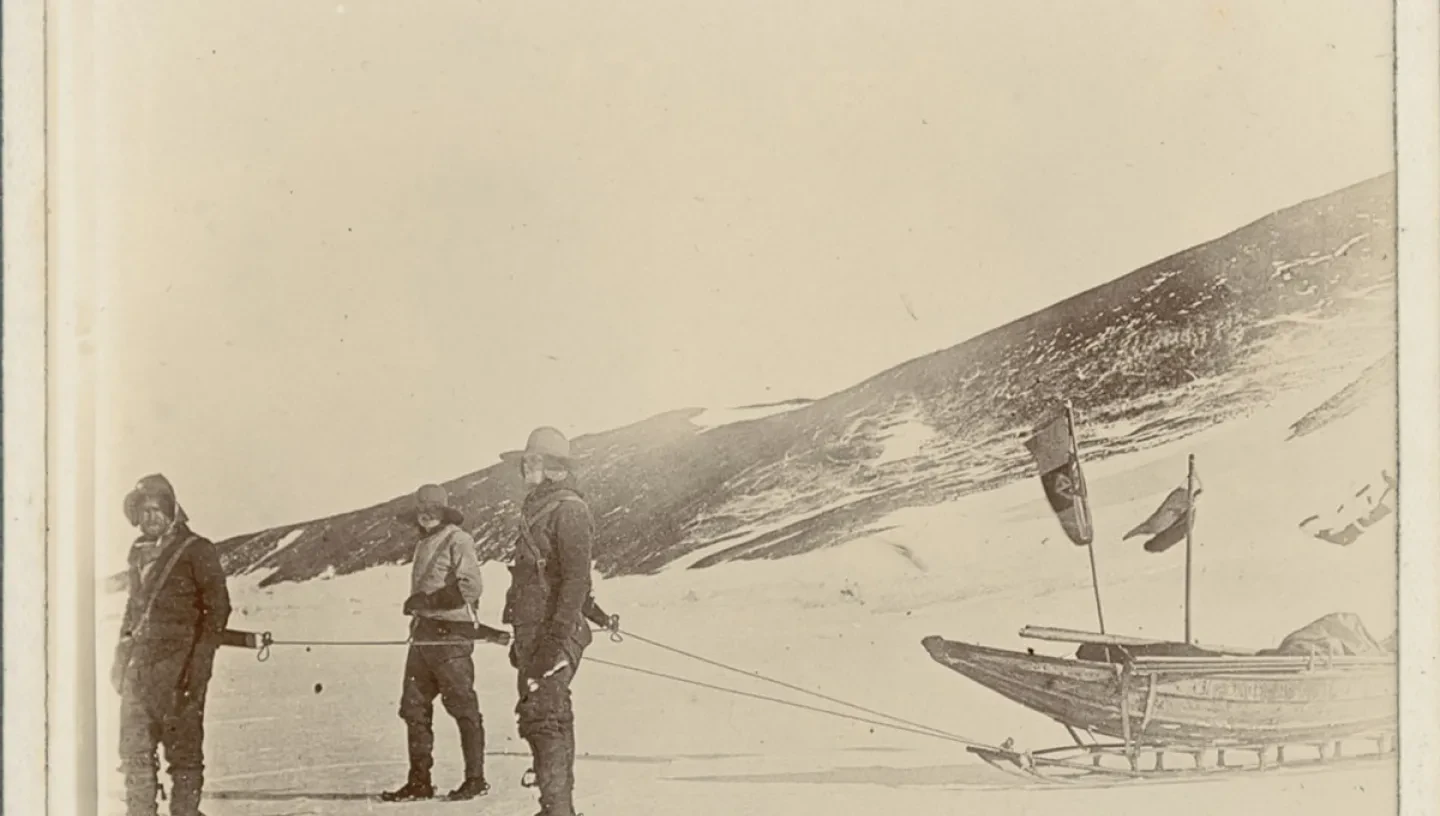
In what is often considered one of the most extreme environments on Earth, harsh conditions made work difficult not only for the scientists, but also for their instruments.
by Heather Bennett, Research Intern
At the turn of the twentieth century, the world was in the midst of what is now referred to as the ‘Heroic Age of Antarctic Exploration’. Between 1897 and 1922, seventeen voyages were launched by ten different countries in a global quest for Antarctic discovery. One of the most famous of these heroic explorers was Captain Robert Falcon Scott of the Royal Navy, who led the Discovery Expedition of 1901 and the Terra Nova Expedition of 1910.
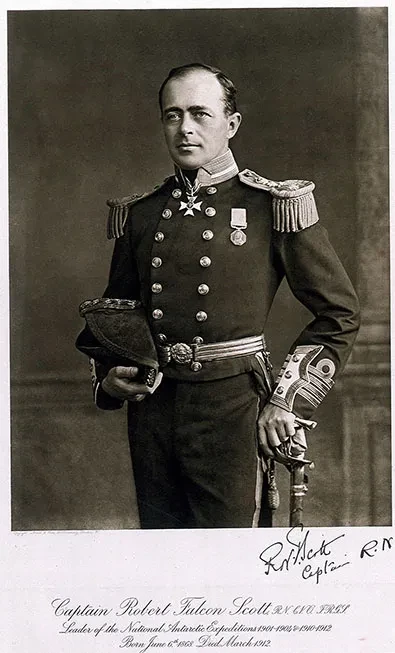
Very little was known about Antarctica at the time, so the scientific objectives of these voyages included meteorology, geology, geography, biology, oceanography and magnetic surveying. It was widely held by scientists across the world that understanding the Antarctic would lead to advances in the understanding of the rest of the world, especially the Earth’s magnetism and global weather patterns. There was also the promise of bringing glory to king and country by being the first to make a discovery.
As we now know, the Antarctic is a land of extremes; with a mean annual temperature of -57°C and sudden, drastic changes in weather including blizzards and gale force winds, conditions for these investigations were far from what European scientists and explorers were used to. Living and working in such an environment was arduous, but the severe conditions also caused problems for the instruments and equipment, which had generally been designed and tested in more forgiving climates.
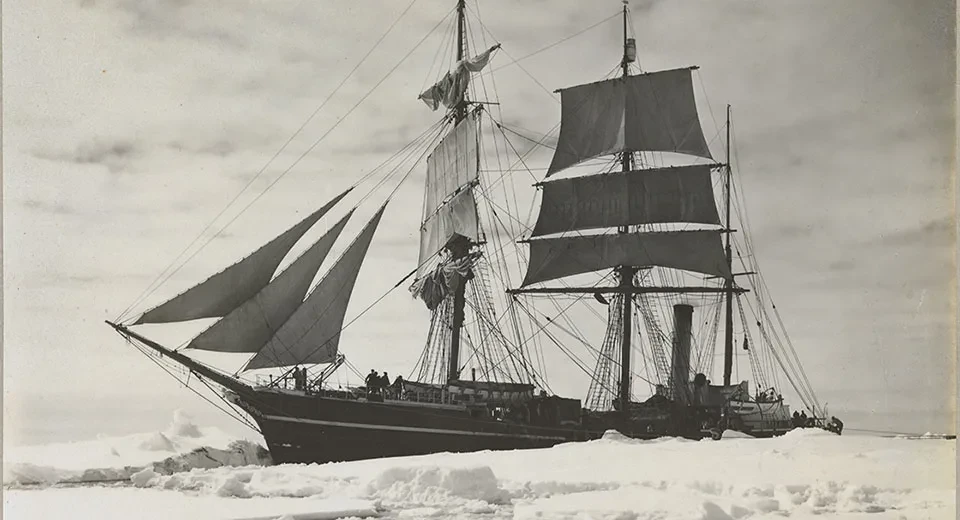
Freezing temperatures
Temperature conditions and changes can affect scientific instruments considerably, and thus seriously alter readings and results. Lieutenant Charles Royds, meteorologist on the Discovery, documented some of the problems they encountered due to the cold, in particular regarding their thermometers, in his article ‘Meteorological Observations in the Antarctic Regions’ (Quarterly Journal of the Royal Meteorological Society, 31, 1905). Typical thermometers for measuring air temperature were not designed to function in such low temperature ranges. Royds notes that the mercury in the thermometers sometimes froze, ‘the longest spell being for 56 hours, during which time the mercury remained in the bulb’, rendering readings impossible. The thermometers taken to measure solar radiation were also poorly suited, and Royds ‘very much [regretted] that these instruments were not graduated down to -40° or below, instead of only to +10° [F, -12°C]’ which rendered them effectively useless in winter when temperatures can drop to -80°C (-112°F). Wet- and dry-bulb thermometers rely on the evaporation of water off a muslin cover to calculate humidity, but the wet muslin froze, preventing evaporation and insulating the bulb within. The results for the first year of the voyage were useless. In the second year, Royds managed to obtain some satisfactory results by ‘shifting the muslin every Monday morning, so that accumulation of ice could not take place’. Wet- and dry-bulb thermometers were not taken on the Terra Nova Expedition at all, as they were considered too unreliable in the cold.
Charles ‘Silas’ Wright, a Canadian physicist on the Terra Nova, kept detailed notes about problems faced on the second of Scott’s expeditions. A common problem was instruments seizing up due to the cold. Time readings were essential to so many of the areas of research, but Wright notes that the inner workings of chronometers and clocks often slowed down or froze completely.
Many instruments have specific features and adaptations for use in low temperatures. Hand-held metal instruments, such as compasses and telescopes, were often encased in leather to prevent the user’s skin sticking to the metal. Similarly, any metal adjustment knobs on instruments such as theodolites were leather-covered for the same reason. Examples of instruments adapted in this way can be seen on display in the Polar Worlds gallery.
These three items on display in the Polar Worlds gallery have been adapted for Antarctic use.
The sledge compass from the Discovery is encased in leather for handheld use, and the lid has a slot revealing the compass card when closed. This is probably to allow the user to ascertain direction of travel without removing their mitts to open the lid.
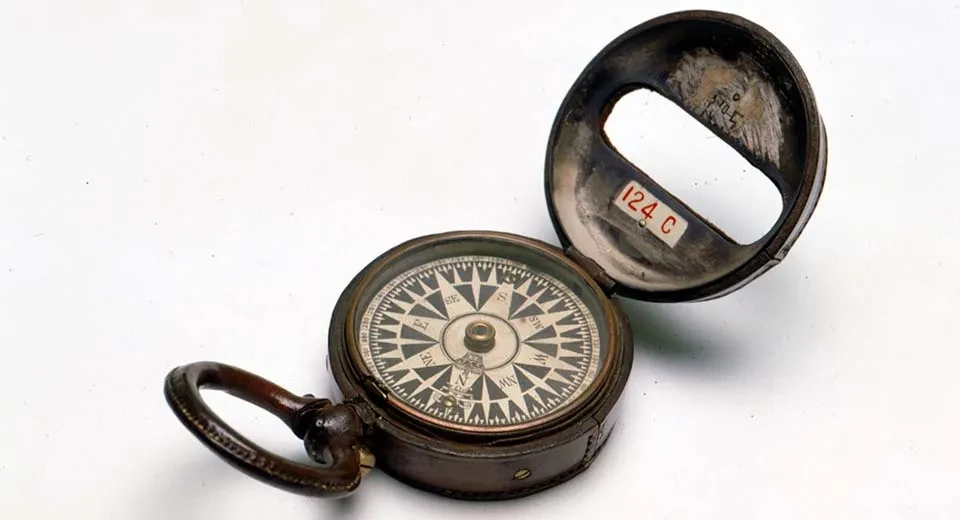
The theodolite from the Terra Nova has chamois leather on all adjusting knobs for use in the cold.
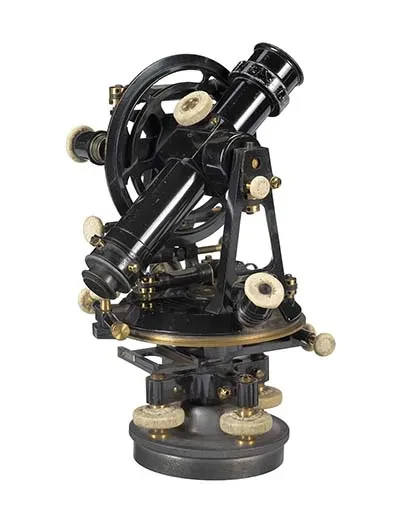
The signalling telescope has leather covers on the tubes and lenses. These covers also would have protected the instrument from the elements.
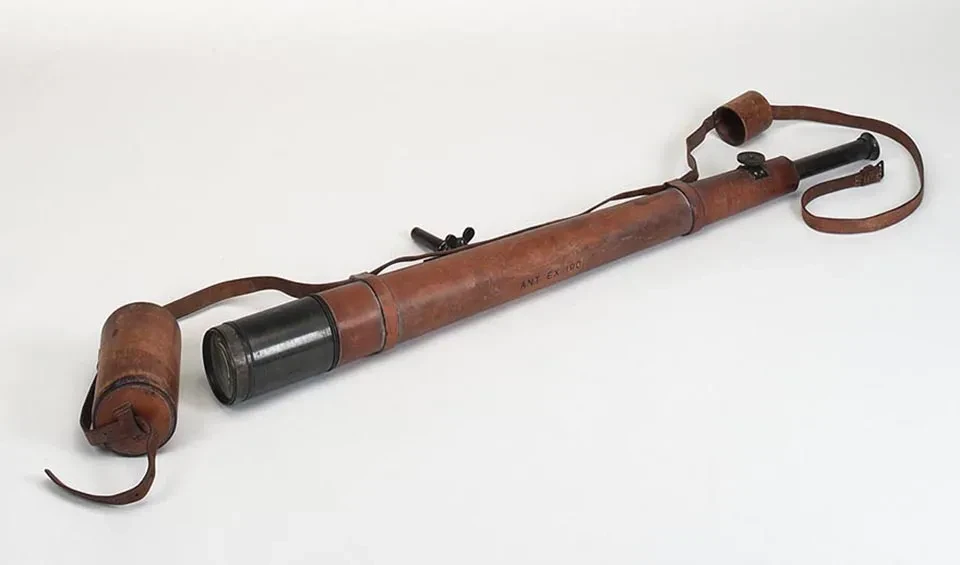
Extreme weather
Aside from the freezing temperatures, Antarctic weather conditions can be dire. Blizzards consist of gale force winds and driving snow, where visibility is reduced to less than 100m, and can last for days. Royds recounts difficulties in measuring humidity and air temperature using an aspirator during a blizzard:
The graduations were minute, and one’s eyes being filled with drift or tears from the drifting snow or cutting wind, it was most difficult to read.
Measuring wind speed and humidity required parts of the instrument to be open in order to take measurements, and these openings were often clogged with snow, requiring the observer to clear them before each use.
The Discovery’s science team appear to have anticipated weather problems to some extent, as many of the instruments were self-recording. This meant that they automatically recorded their readings directly onto paper, which aimed to reduce errors and obstacles related to operating them manually and taking readings by eye. However, this proved unsuccessful, as Royds writes that,
All the self-recording instruments suffer badly, as the drift gets inside the boxes and entirely chokes them, drying up the ink in the pen, smudging the ink on the paper, and forming round and over the working parts, completely stopping their working
Wright recalls similar issues when working in extreme weather. At times, strong winds were ‘blowing so hard that one’s eye was often jammed against the eyepiece’ of optical instruments, and when taking indoor measurements, the whole hut could shake. Even after a blizzard had passed, observations were affected as the temperature changes would deposit ice crystals on lenses and mirrors. Storms also deposited ‘salty spray’ on the ‘poorly insulated’ wiring of self-recording equipment, and maintenance of these instruments during winter was hard labour.
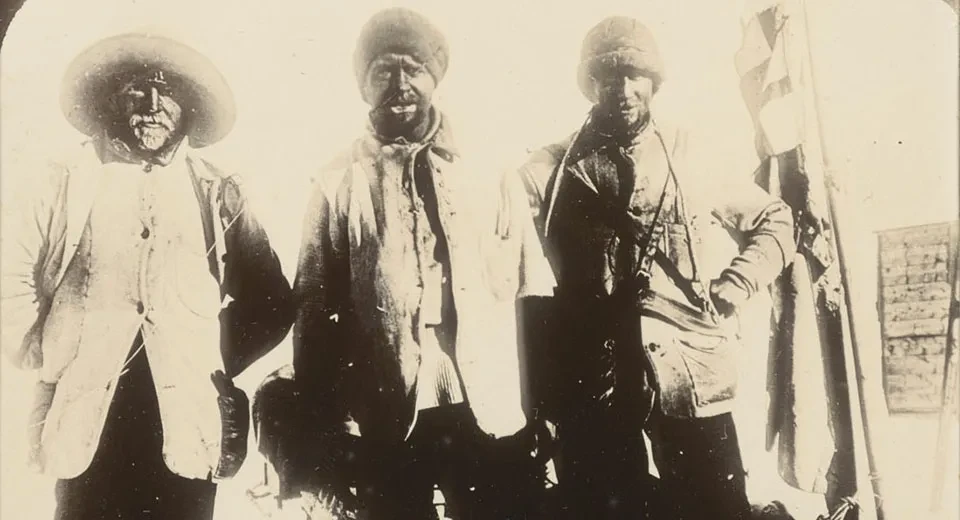
Further reading:
C.S. Wright, Silas: The Antarctic Diaries and Memoir of Charles S. Wright (Ohio State University Press, 1993)